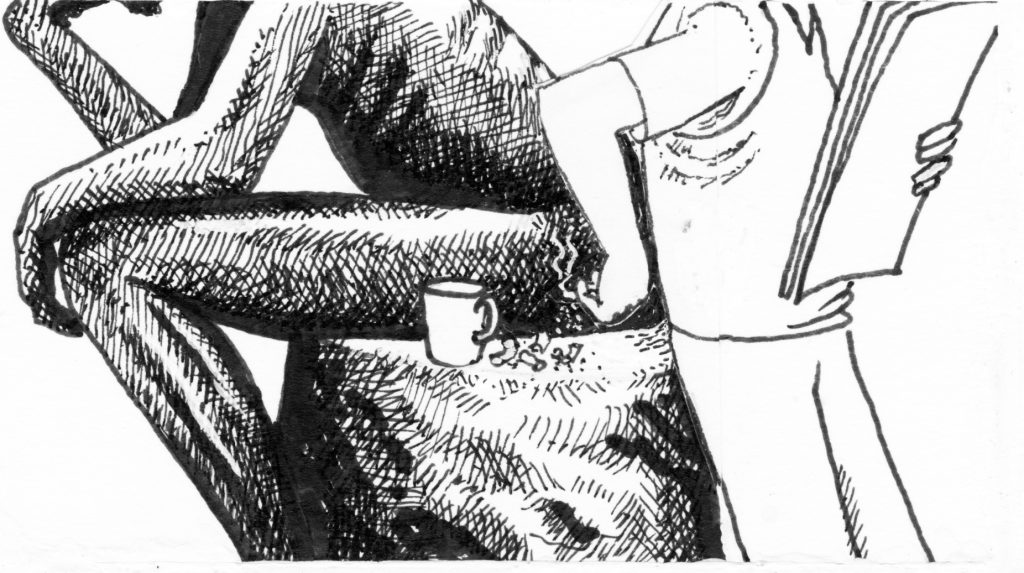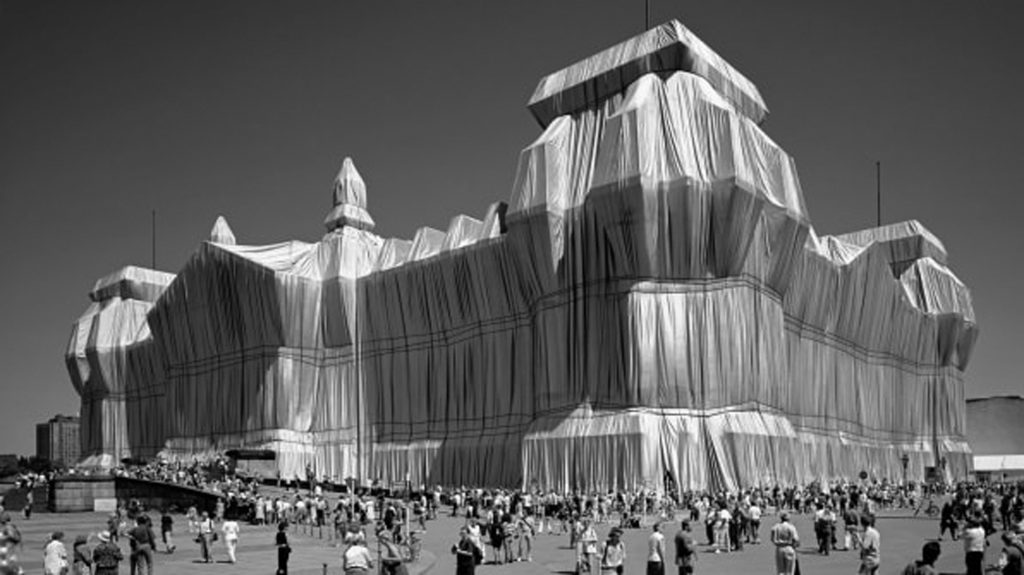Anthony Daniels

One should not speak ill of the dead, of course, but the length of the interval before one may decently do so depends on the public prominence of the deceased. He or she who lives by notoriety asks to be reprehended by notoriety, and alas it is the aim of many artists (I use the term without entering into the knotty problem of the definition of art) not only to be noticed but to be notorious.
Christo Vladimirov Javacheff, trade name Christo, died recently, his wife and partner in art (if that is what it was), Jeanne-Claude, having predeceased him by eleven years.

If anyone had set out deliberately to expose the triviality and emptiness of the cult of originality in art, he could hardly have done better than to imagine this couple: for they it was who first covered public buildings or monuments in thousands of yards of cloth, temporarily of course, as if to do so were a form of worthwhile artistic expression.
Their most famous ‘work’ was the covering in cloth of the Reichstag in Berlin (top) in 1995. They had covered the Pont Neuf in Paris (middle) with beige cloth in 1985 and also suspended a vast curtain between two mountains in Colorado (bottom), but it blew away a day later. Christo had been given permission to cover the Arc de Triomphe in Paris this autumn, but fate intervened to prevent it. My sense of loss is not great.
I was in Paris when Christo died, so I read the obituaries in the French newspapers. Here, in part, is what Libération said:
“It took years and years of obstinacy to obtain political and administrative permission from the authorities, and to guarantee the production of their works.
One can just imagine the authorities being badgered into submission by the couple’s accusations of their, the authorities’, bone-headed lack of understanding of what they, the couple, were trying to do, and of its great artistic importance. No doubt the couple also had their supporters, the believers in the artistic ‘cutting edge’, as if art were a salami, or of the avant garde, as if art were an army marching towards a battlefield on which the final struggle against artistic imperfection would take place.
Nothing is easier of accomplishment than Christo-type originality. The possibilities are endless. One could, for example, put a tiger in a cage in a public space having first covered the tiger in shaving foam. No one, to my knowledge, has done this before, or anything like it. Furthermore, it would not be very difficult to construct some kind of reason for doing so. The shaving-foam-covered tiger would represent Man’s rape of Nature by industrial production, while the necessity to keep the tiger in the cage would represent Man’s shamefaced acknowledgement that, his rape of Nature notwithstanding, he is still prey to its forces. Of the spouting of bilge there is no end.
Christo started off as a painter, but since he had little new to add to the tradition, he decided to go off in another direction entirely. With no great talent for painting, he probably blamed the medium rather than the lack of capacity in himself. He was like those writers who, finding that they cannot write a novel, declare the novel to be dead.
The end of the obituary in Libération would be funny if it were not tragic:
It took twenty years for the covering of the Reichstag finally to take place in 1995, after the reunification of Germany, although the idea was put forward before the fall of the Wall. All that for two weeks! For, on every occasion, after a few days, the curtain fell and the places returned to their original condition. It was the work that vanished, packed up forever in the coloured glow of its brief but intense scintillation.
Originality, what crimes are committed in thy name!


